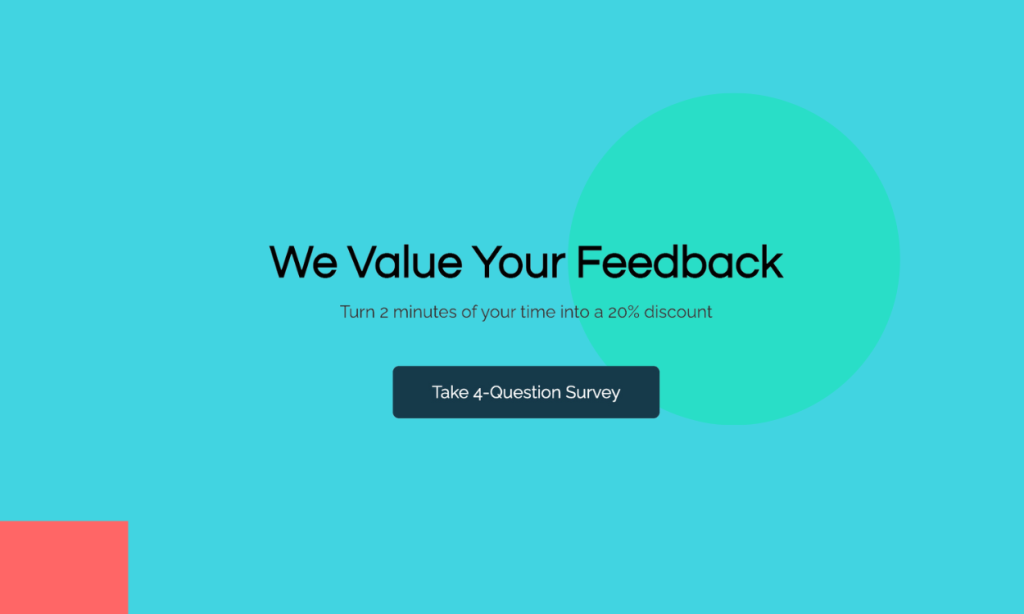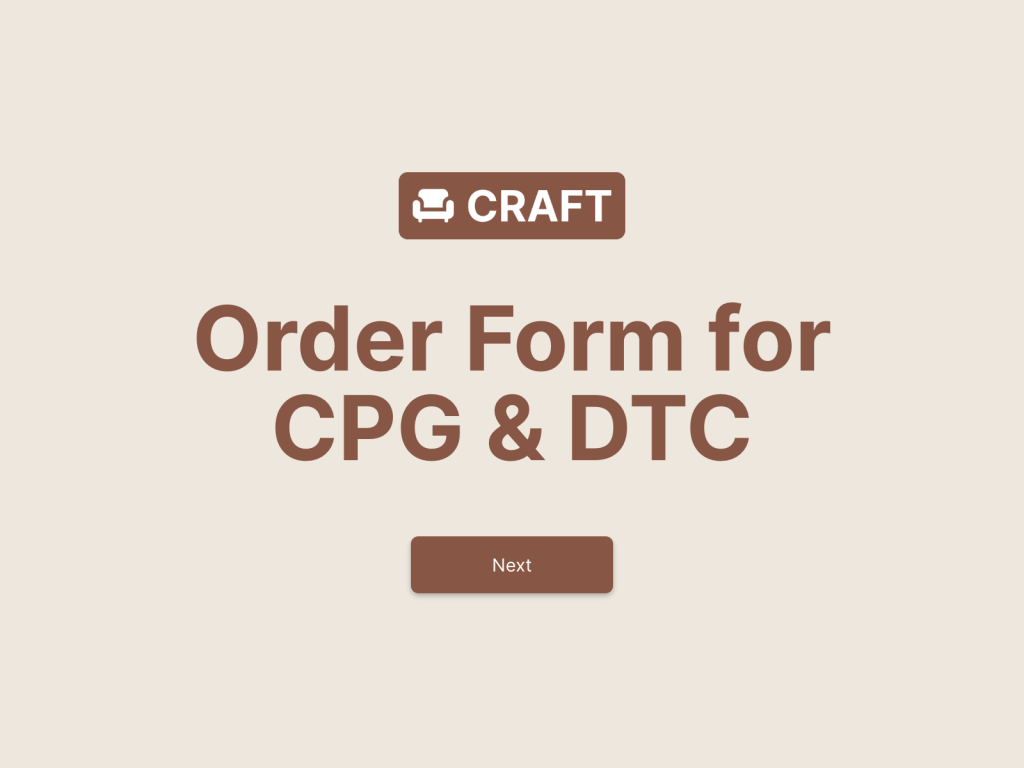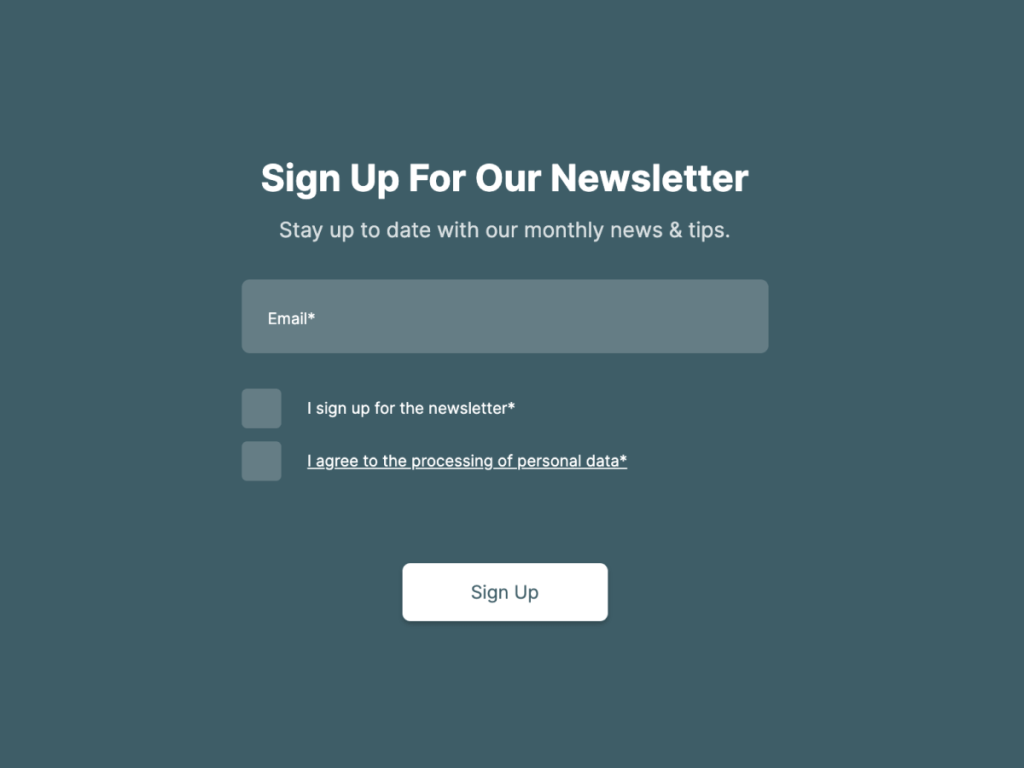Customer feedback is crucial for business growth and enhancing customer satisfaction. Yet, analyzing this feedback and deriving actionable insights can be incredibly time-consuming.
For instance, last year, the involve.me team received 12,193 customer review responses, many including open-ended questions. If we allocated at least 3 minutes to each customer insight, it would require 611 hours of work.
Fortunately, we found a more efficient solution. Automate customer feedback analysis process and save valuable time that you can then invest in implementing feedback from customers.
Here's what your team should know about streamlining this crucial process:
Use AI Tool To Analyze Feedback
We used our own tool to create a simple feedback form for our customers. It pops up right after they use our product. The form has just two pages: one for a quick NPS® score rating and another for their comments. Keeping customer surveys as concise as possible is one of the best practices to maximize survey response rates.
There are many feedback collection tools on the market. Consider creating your customer survey with this this free AI tool below.
Create your survey with AI
Just paste your URL & click generate
Provide your website's URL so that AI survey generator can create a survey with your website's branding elements such as colors, logo, and font. Write a short prompt and specify which type of customer feedback survey you'd like to generate.
Here's the type of embedded survey you can generate with involve.me tool:
To access and use the survey, you'll first need to create a free account at involve.me. Within the editor, you can make final adjustments to your survey, aligning it with your vision. Afterward, you can obtain the survey URL link and a unique embed code, enabling you to share the survey with your customers via email, social media, or by embedding it into your company's website.
Generate a Report Based on Customer Responses:
Once customers complete the survey, navigate to the involve.me editor, then proceed to "Responses" and "AI insights." From there, click on "Generate Report." The tool will help in analyzing customer feedback and generate a comprehensive PDF report containing insights from their feedback.
This includes sentiment analysis, distinguishing between positive feedback and negative feedback, as well as providing key recommendations derived from your customers' responses.
Check out this example of a detailed report giving accurate insights, all done in less than 5 minutes:
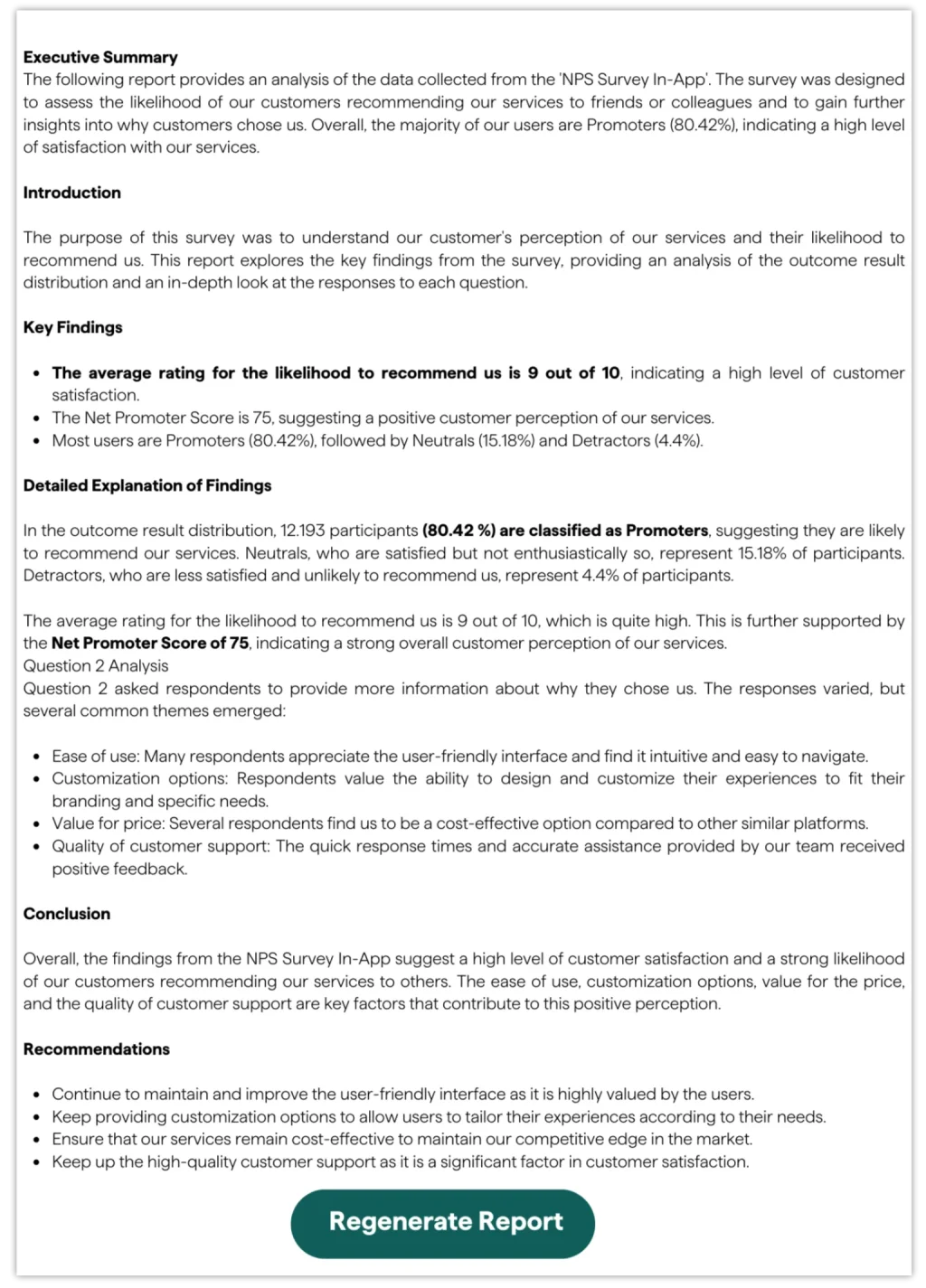
Artificial intelligence has truly been a lifesaver for our growth team, saving us over 600 hours in this manner. It continues to support our efforts in delivering the best possible product. We consistently conduct app surveys to make data-driven decisions regarding the direction of our product. As you can see, there's no need to invest in other customer satisfaction or sentiment analysis tools, your team can do it all within involve.me.
Ask the Right Questions
When using AI for analyzing customer feedback, it's crucial to ask the right types of questions. These questions should aid in deciding on product features and making informed decisions.
Include these survey questions to get qualitative insights:
1. Based on the Category
Organize feedback into categories based on common themes, such as product quality, customer service, pricing, etc. Get more valuable insights with these questions:
Do you feel our products/services are priced fairly for the value they provide?
How satisfied were you with the speed and effectiveness of our customer support in addressing your inquiries?
Was it easy to find the products/services you were looking for on our website?
Asking broad questions such as "How do you feel about the company overall?" can provide AI with sentiment data to categorize into "positive", "negative", or "neutral" feedback. However, these responses may lack the specific details needed for your team to enact meaningful improvements.
2. Quantitative Feedback
Such questions in customer surveys provide measurable data, allowing businesses to gauge customer satisfaction levels, identify trends, and track changes over time. Examples:
On a scale of 0 to 10, how likely are you to recommend our products/services to a friend or colleague? (0 being not likely at all, 10 being extremely likely)
Based on your experience, how likely are you to renew your subscription or repurchase from us in the future? Please rate on a scale of 0 to 10.
Please rate the ease of navigation on our website on a scale of 1 to 5.
AI can make it easier by summarizing type of feedback with numbers, showing where your product or team need improvement.
3. Actionable Insights
You can get qualitative feedback by asking customers about specific aspects (like feature requests) with open-ended questions. Instead of guessing which features to focus on, simply ask customers to share their ideas. For example, you can include these kind of questions to get actionable insights:
What features or aspects of our product do you find most valuable?
Are there any specific updates you would like to see in our product?
Gather As Much Feedback As Possible
To maximize customer feedback analysis, diversify your sources. Use different kinds of surveys, reviews platforms, social media platforms, and customer service interactions. Engage customers through various touchpoints to capture diverse perspectives. Employ satisfaction surveys at key points in the customer journey.
Consider requesting feedback immediately after customer service interactions, as this is when customers are most likely to provide honest feedback about the product and user experience.
Pro Tip: Offer incentives to encourage customers to share their experiences. For instance, thanking participants with vouchers, gift cards, discounts, or coupon codes can boost motivation. Every piece of feedback matters, and a little incentive can go a long way in increasing participation.
Follow Up on Customer Feedback
“Did you know that in 70% of cases, customers are more likely to reuse your product if their issues have been resolved?“
That's why it's crucial not only to collect customer feedback but also to follow up on it to reduce customer churn rates.
Once you collect feedback from all channels, organize them into separate lists for positive and negative reviews.
For instance, if you use involve.me's AI survey maker, you can segment customers into different lists based on their responses using conditional logic. Using a basic NPS® score can help determine customer sentiment and allocate them to the appropriate database.
You can manage these lists in your preferred CRM or create them in popular tools like Notion, Airtable, or Trello. Check out the full list of available integrations for more options.
Consider setting up an automated customer review funnel: invite happy customers to leave public reviews, while sending responses from frustrated customers directly to customer support for immediate attention. If you address customer frustrations promptly, you'll manage to enhance customer retention rates and increase the number of positive feedback on the review sites.
Follow this principle when building a funnel to get more positive online reviews:
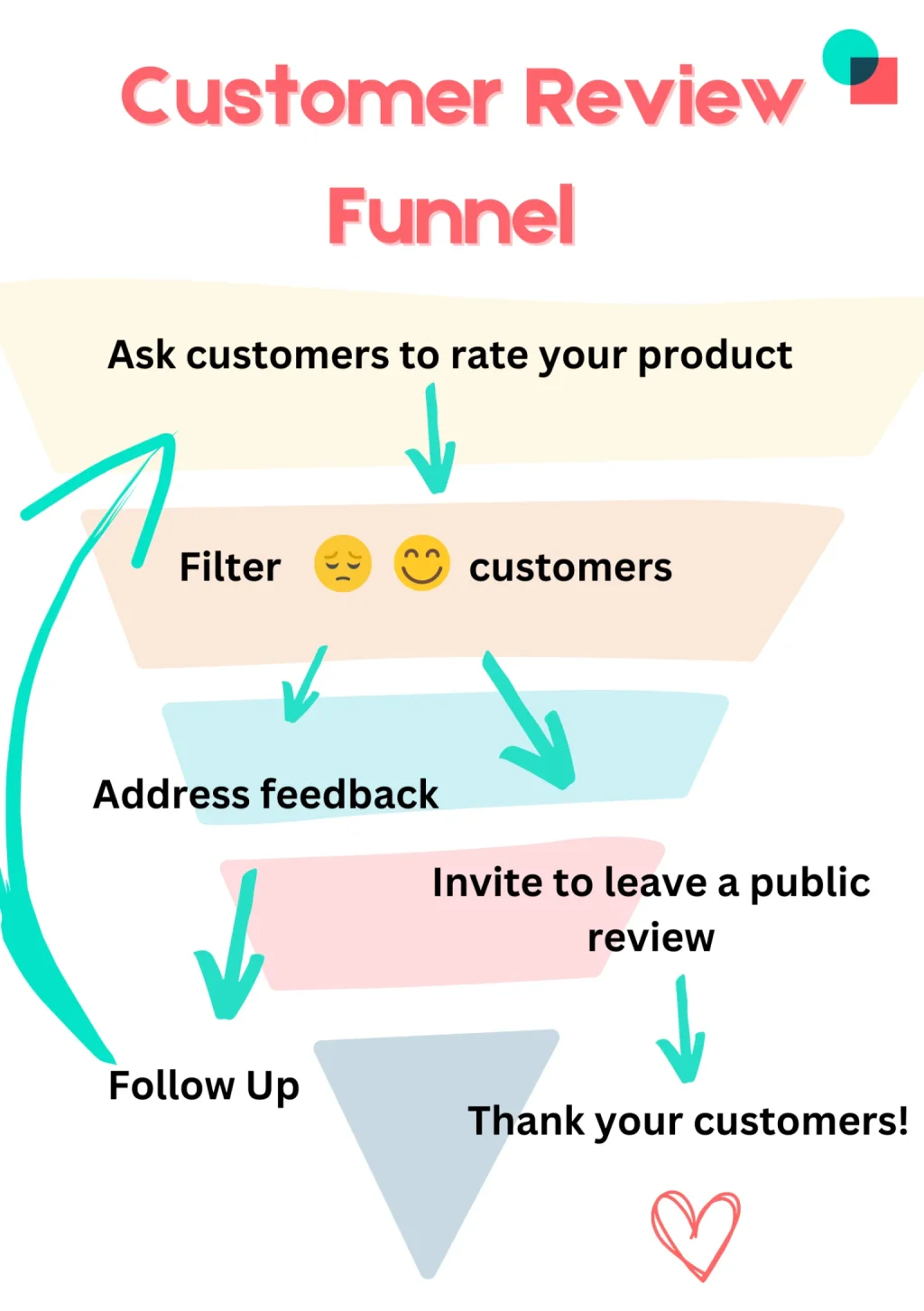
Final Words
Using involve.me's customer feedback analysis tool allows businesses to streamline the process, enabling them to analyse customer feedback in just five minutes. By automating tasks that would otherwise require you to analyze customer feedback manually, businesses can transform raw user feedback data into actionable insights that drive customer loyalty. With the insights from customer feedback data, your team will be able to create a strong marketing strategy and move product in the right direction.
Check these templates that will make the job of customer service teams more efficient:

